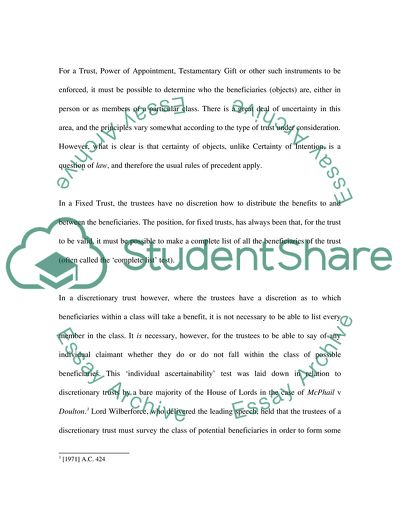Cite this document
(The Criterion of Validity Assignment Example | Topics and Well Written Essays - 4000 words, n.d.)
The Criterion of Validity Assignment Example | Topics and Well Written Essays - 4000 words. https://studentshare.org/law/1705800-equity-and-trusts
The Criterion of Validity Assignment Example | Topics and Well Written Essays - 4000 words. https://studentshare.org/law/1705800-equity-and-trusts
(The Criterion of Validity Assignment Example | Topics and Well Written Essays - 4000 Words)
The Criterion of Validity Assignment Example | Topics and Well Written Essays - 4000 Words. https://studentshare.org/law/1705800-equity-and-trusts.
The Criterion of Validity Assignment Example | Topics and Well Written Essays - 4000 Words. https://studentshare.org/law/1705800-equity-and-trusts.
“The Criterion of Validity Assignment Example | Topics and Well Written Essays - 4000 Words”. https://studentshare.org/law/1705800-equity-and-trusts.


